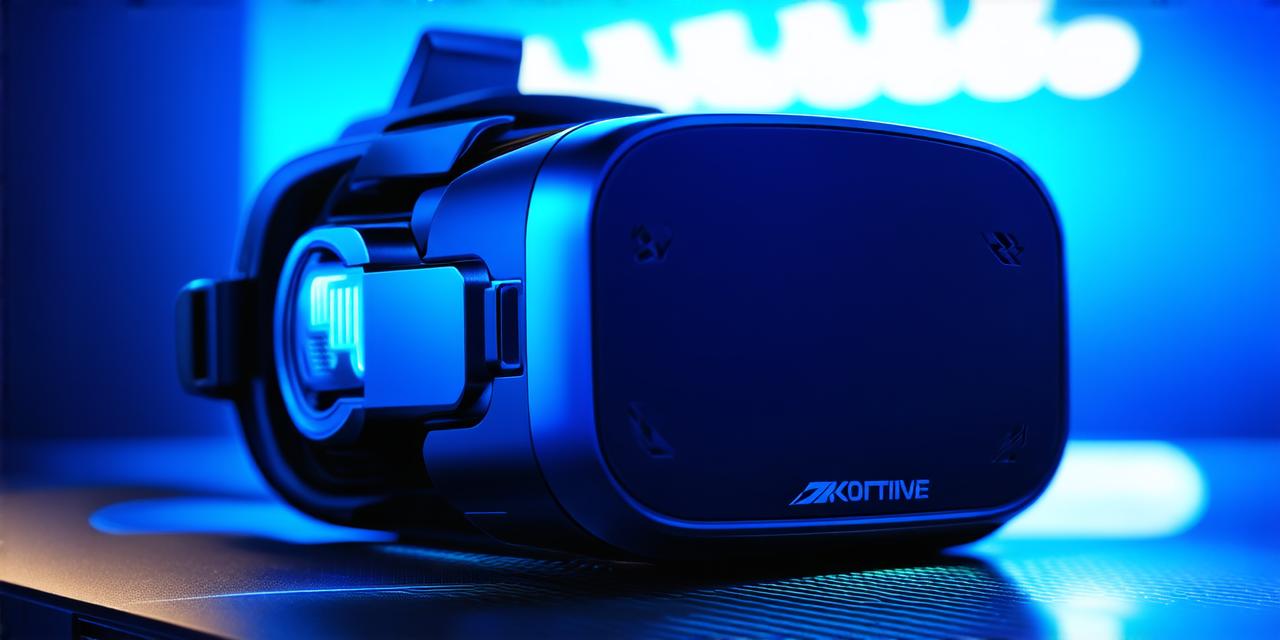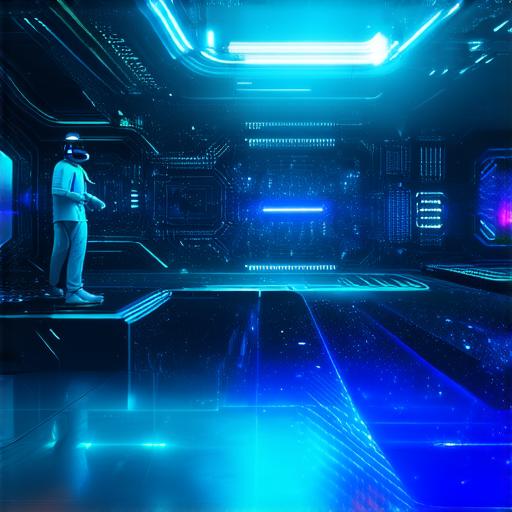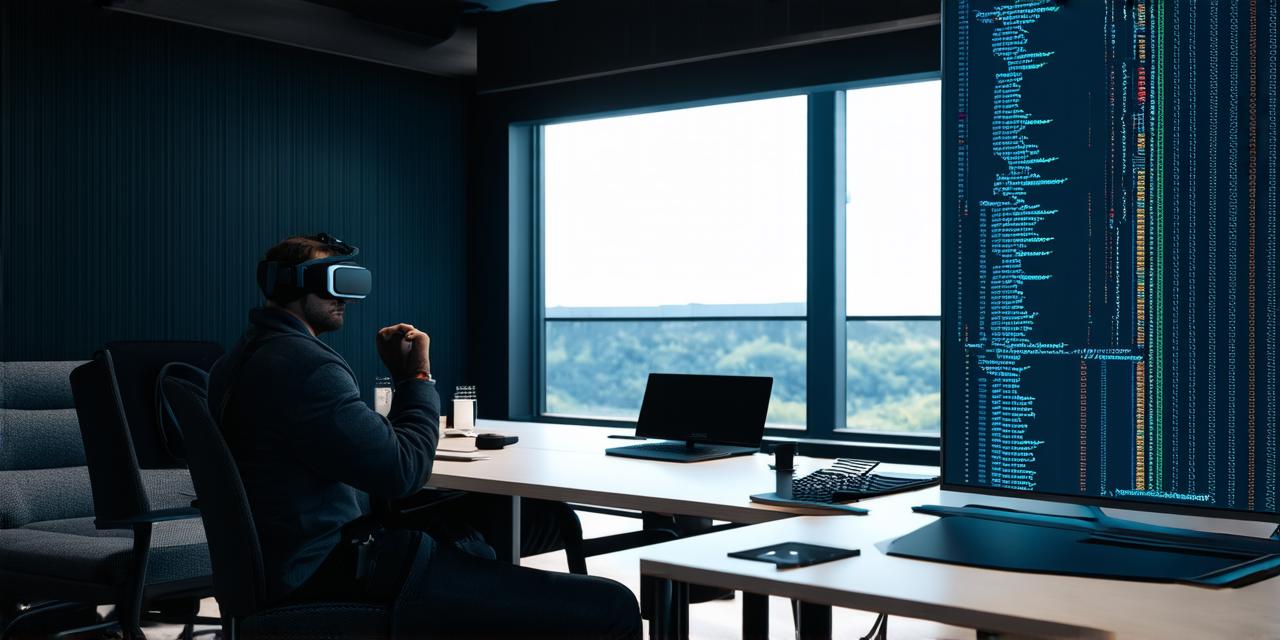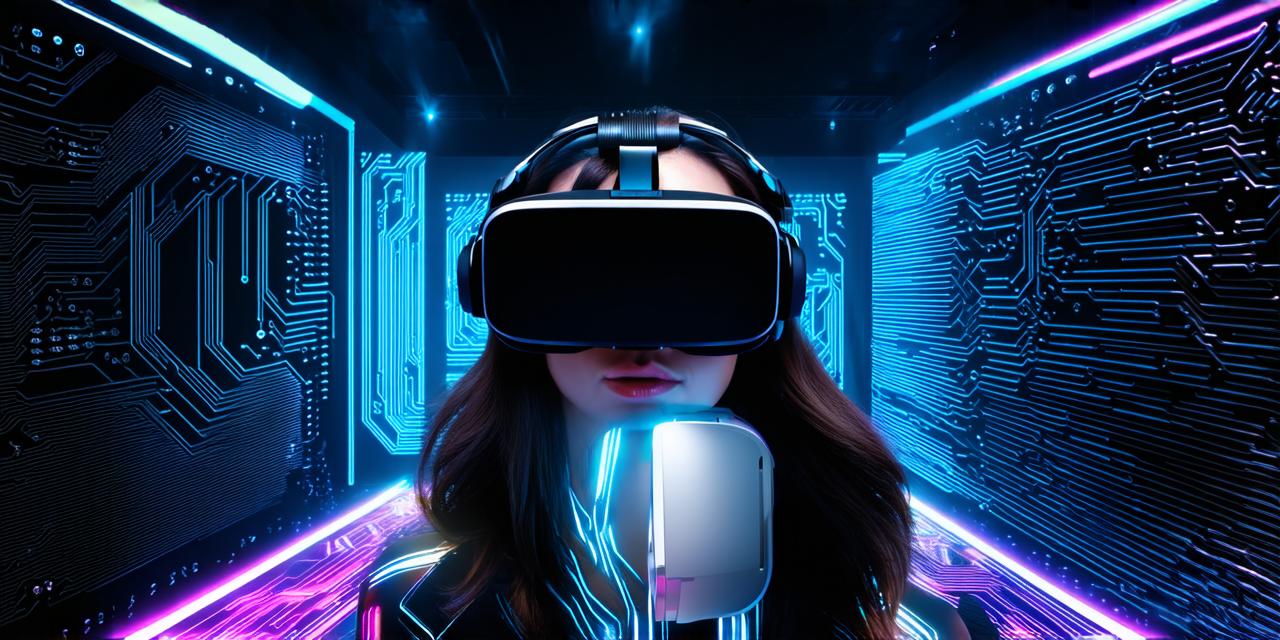
Experience the latest in virtual reality technology with 4D VR
*Step into the Next Dimension*
Welcome to the future of virtual reality (VR) technology – 4D VR. This isn’t just about donning a headset and stepping into another world; it’s about feeling, touching, and even smelling that world. Let’s dive in!
*What Makes 4D VR Different?*
4D VR takes traditional VR to new heights by incorporating haptic feedback, which simulates touch sensations, and environmental effects, such as wind or scent, to create a more immersive experience. Let’s dive in!
*The Power of Haptics*
Haptic technology is revolutionizing VR by providing users with tactile feedback, making interactions feel more realistic. For instance, in a recent experiment at MIT Media Lab, participants reported feeling as if they were actually holding a virtual object when using haptic gloves. This level of immersion can significantly enhance user engagement and enjoyment.
*The Sensory Revolution*
Environmental effects are another key component of 4D VR. By simulating wind, temperature changes, and even scents, developers can create truly immersive experiences that engage all the senses. For example, in a virtual rollercoaster ride, users might feel the wind rushing past their faces or smell the scent of freshly cut grass as they pass through a field.

*The Future of VR Development*
As 4D VR technology continues to evolve, we can expect to see more and more innovative applications across various industries. From gaming and entertainment to education and healthcare, the possibilities are endless. Imagine training medical students in a virtual operating room where they can feel the texture of human tissue or smell the antiseptic solution.
*FAQs*
1. What is 4D VR?
4D VR is an extension of traditional VR that incorporates haptic feedback and environmental effects to create a more immersive experience.
2. How does haptic technology work in 4D VR?
Haptic technology simulates touch sensations, allowing users to feel virtual objects as if they were real.
3. What are some examples of environmental effects in 4D VR?
Examples include wind, temperature changes, and scents that enhance the immersive experience.
4. How can 4D VR be used in various industries?
4D VR has potential applications across numerous industries, such as gaming, entertainment, education, healthcare, and more.
5. Is 4D VR widely available yet?
While 4D VR technology is still emerging, it’s becoming increasingly accessible with advancements in hardware and software.
In conclusion, the advent of 4D VR marks a significant leap forward in virtual reality technology. By engaging all our senses, this innovative approach promises to revolutionize the way we interact with digital worlds.

